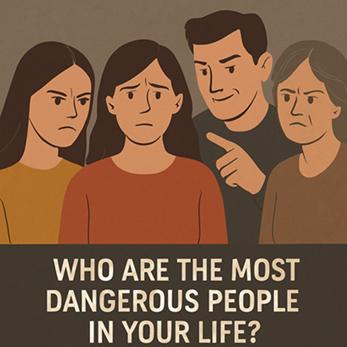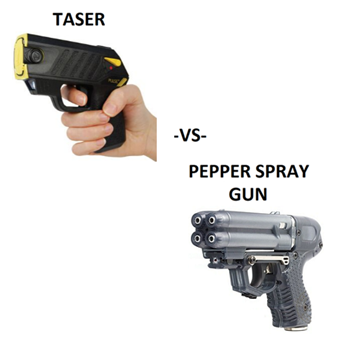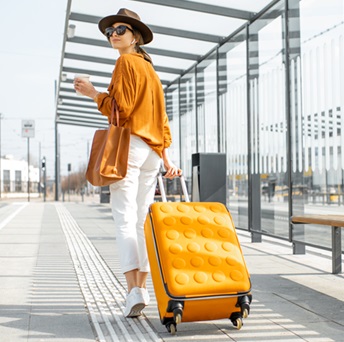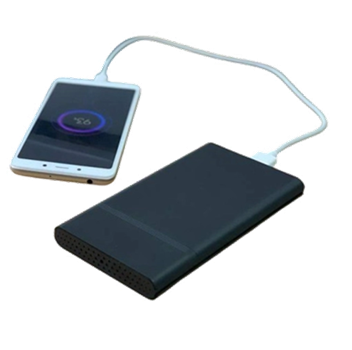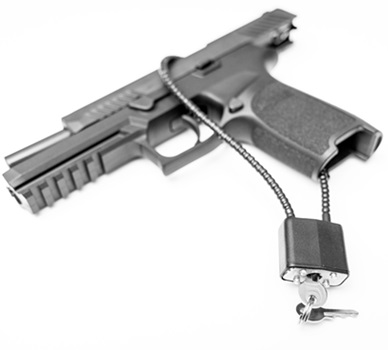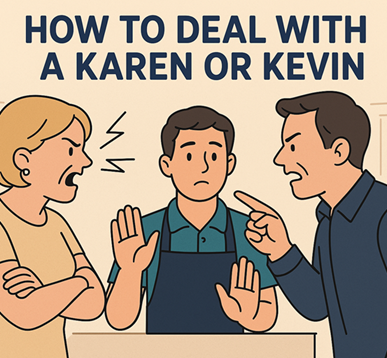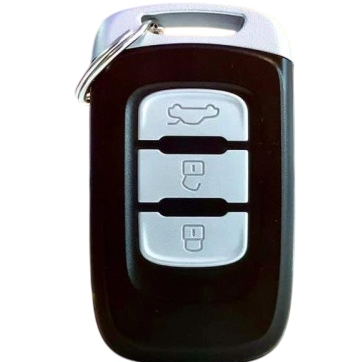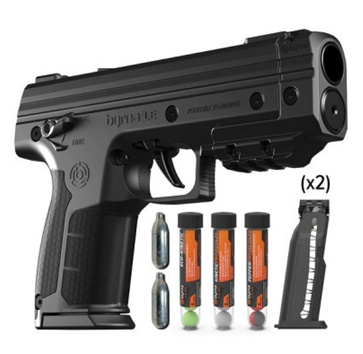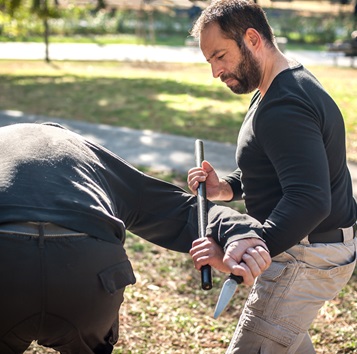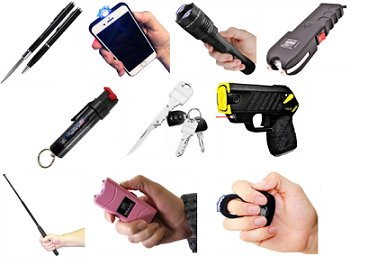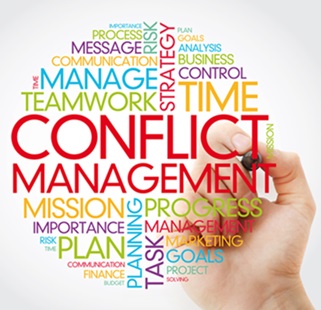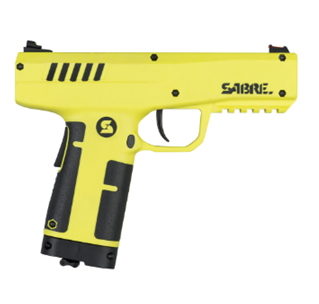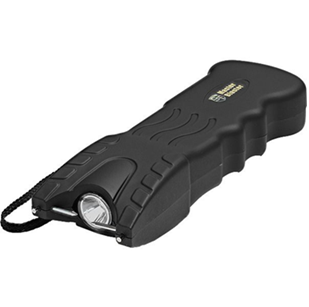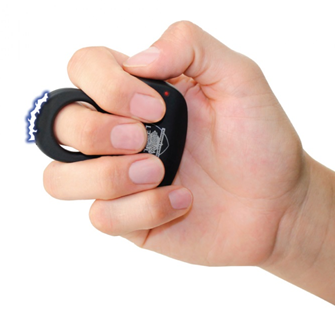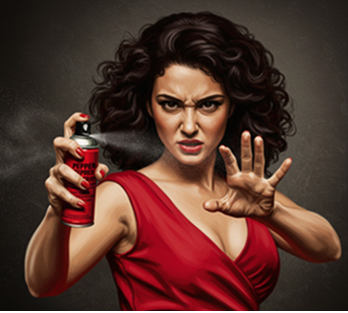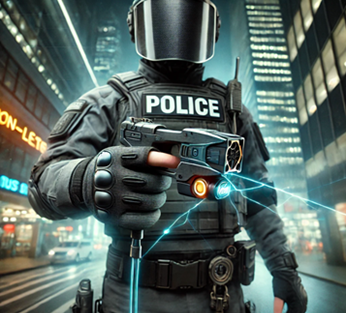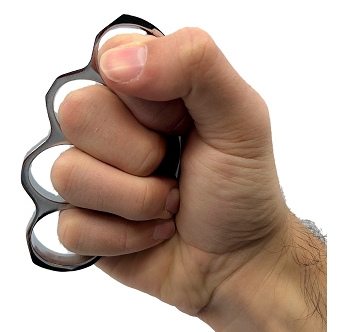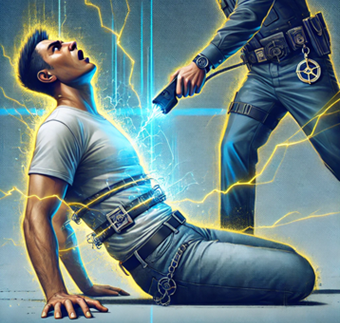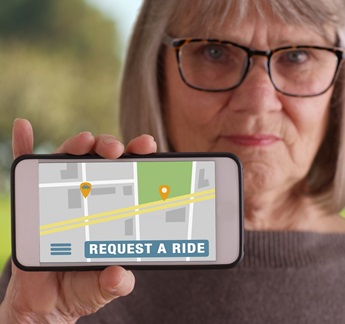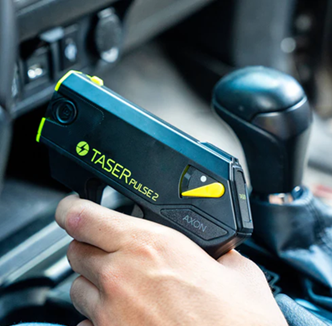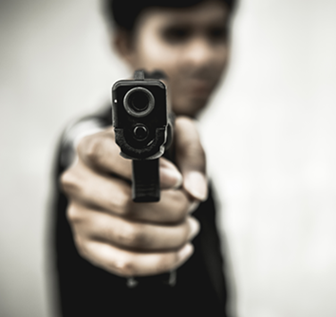July 4th Fireworks Safety Tips
 July 4th, Independence Day, is a cherished holiday in the United States, celebrated with barbecues, parades, and, most spectacularly, fireworks. Fireworks displays light up the sky across the nation, creating a magical experience for millions of Americans. However, this excitement comes with inherent risks. Each year, numerous injuries and accidents occur due to the improper handling of fireworks. To ensure a safe and enjoyable holiday, it is crucial to understand and follow safety guidelines. This blog post will provide comprehensive advice on how to safely set off fireworks, ensuring your celebrations are both spectacular and secure.
July 4th, Independence Day, is a cherished holiday in the United States, celebrated with barbecues, parades, and, most spectacularly, fireworks. Fireworks displays light up the sky across the nation, creating a magical experience for millions of Americans. However, this excitement comes with inherent risks. Each year, numerous injuries and accidents occur due to the improper handling of fireworks. To ensure a safe and enjoyable holiday, it is crucial to understand and follow safety guidelines. This blog post will provide comprehensive advice on how to safely set off fireworks, ensuring your celebrations are both spectacular and secure.
Understanding the Risks
Before diving into safety tips, it’s essential to understand the potential risks associated with fireworks. Fireworks can cause:
- Burns: Fireworks reach extremely high temperatures and can cause severe burns if not handled properly.
- Eye Injuries: Explosions and flying debris can cause eye injuries, including burns and even blindness.
- Hearing Damage: Loud explosions can damage hearing, particularly in young children.
- Fires: Fireworks can start fires, especially in dry areas, leading to property damage and even forest fires.
- Other Injuries: Mishandling fireworks can result in various other injuries, such as cuts, bruises, and broken bones.
Legal Considerations
Before purchasing and setting off fireworks, it’s crucial to be aware of local laws and regulations. Fireworks laws vary significantly from state to state and even from city to city. Some states have strict bans on certain types of fireworks, while others have more lenient regulations. Here are steps to ensure you’re complying with the law:
- Research Local Laws: Check your local government’s website or contact local authorities to understand which types of fireworks are legal in your area.
- Purchase from Licensed Vendors: Buy fireworks from reputable, licensed vendors to ensure they meet safety standards.
- Obtain Necessary Permits: In some areas, you may need a permit to set off fireworks. Ensure you have all necessary documentation before proceeding.
General Safety Tips
Regardless of the type of fireworks you’re using, some general safety tips apply universally:
- Read Instructions Carefully: Always read and follow the manufacturer’s instructions on the packaging.
- Designate a Safe Area: Choose a clear, open area away from buildings, vehicles, trees, and other flammable materials.
- Keep a Safe Distance: Spectators should remain at a safe distance from the fireworks launch site.
- Have Safety Equipment Ready: Keep a bucket of water, a hose, and a fire extinguisher nearby in case of emergencies.
- Never Relight a Dud: If a firework doesn’t go off, don’t attempt to relight it. Wait at least 20 minutes and then soak it in water before disposing of it.
Specific Fireworks Safety
Different types of fireworks require specific handling and safety measures. Here’s a detailed look at the most common types of consumer fireworks and how to use them safely:
Sparklers
Sparklers are often considered the safest type of fireworks, but they still pose risks, especially to young children.
- Supervise Children: Always supervise children when they’re using sparklers.
- Keep at Arm’s Length: Hold sparklers at arm’s length and keep them away from your body and clothing.
- Use Outdoors: Only use sparklers outdoors in a clear area away from other people and flammable materials.
- Dispose Properly: Once the sparkler has burned out, place it in a bucket of water to ensure it’s fully extinguished.
Firecrackers
Firecrackers are small explosive devices designed to produce noise. They are one of the most common causes of fireworks-related injuries.
- Use One at a Time: Light firecrackers one at a time, and move away quickly after lighting.
- Avoid Holding in Hands: Never hold a lit firecracker in your hand. Place it on the ground before lighting.
- Keep a Safe Distance: Ensure everyone is a safe distance away before lighting firecrackers.
- Handle Duds Safely: Do not attempt to relight a dud firecracker. Soak it in water before disposing of it.
Aerial Fireworks
Aerial fireworks, including rockets and mortars, are designed to launch into the sky and explode, creating stunning visual displays. These fireworks pose significant risks if not handled correctly.
- Secure Launch Area: Use a stable base, such as a launching tube or stand, to secure aerial fireworks.
- Clear the Area: Ensure the launch area is clear of obstructions, and keep spectators at a safe distance.
- Follow Manufacturer’s Instructions: Carefully follow the manufacturer’s instructions for setting up and lighting aerial fireworks.
- Avoid Leaning Over: Never lean over an aerial firework while lighting it.
- Be Mindful of Wind: Avoid lighting aerial fireworks on windy days, as the wind can carry them off course.
Fountains
Fountains are ground-based fireworks that emit sparks and colors. They are generally considered safer than aerial fireworks but still require caution.
- Place on Flat Surface: Set fountains on a flat, stable surface to prevent them from tipping over.
- Maintain Distance: Keep spectators at a safe distance to avoid exposure to sparks.
- Use Outdoors Only: Always use fountains outdoors in a clear area away from flammable materials.
Safety for Pets
Fireworks can be distressing for pets due to the loud noises and bright lights. Here are some tips to keep your furry friends safe and calm during fireworks displays:
- Keep Pets Indoors: Keep pets inside the house during fireworks displays to prevent them from running away or getting injured.
- Create a Safe Space: Provide a quiet, comfortable space where your pet can feel secure. This could be a room with closed windows and curtains to muffle the noise.
- Use Calming Products: Consider using calming products such as anxiety wraps, calming sprays, or pheromone diffusers to help reduce your pet’s anxiety.
- Stay Calm: Your pet can pick up on your emotions, so try to remain calm and reassuring.
- Update ID Tags: Ensure your pet’s ID tags and microchip information are up to date in case they manage to escape.
Post-Fireworks Cleanup
Proper cleanup after your fireworks display is crucial for safety and environmental reasons:
- Allow Time to Cool: Wait for all fireworks debris to cool completely before handling it.
- Soak Used Fireworks: Soak used fireworks in water to ensure they’re fully extinguished before disposal.
- Collect All Debris: Collect all fireworks debris and dispose of it in a metal trash can with a lid.
- Check for Unexploded Fireworks: Carefully check the area for any unexploded fireworks and handle them with caution, soaking them in water before disposal.
Emergency Preparedness
Despite taking all precautions, accidents can still happen. Being prepared for emergencies is crucial:
- First Aid Kit: Keep a well-stocked first aid kit on hand and know how to use it.
- Know Emergency Contacts: Have emergency contact numbers readily available, including local fire and emergency services.
- Know Basic First Aid: Familiarize yourself with basic first aid procedures, particularly for burns and eye injuries.
- Emergency Plan: Have an emergency plan in place, including a meeting spot and a plan for getting medical help if needed.
Educating Others
Promoting fireworks safety isn’t just about your immediate family and friends; it’s also about raising awareness in your community. Here are some ways to spread the message of fireworks safety:
- Social Media: Use social media platforms to share fireworks safety tips and resources.
- Community Events: If your community hosts July 4th events, consider volunteering to help with fireworks safety education.
- School Programs: Work with local schools to include fireworks safety in their summer safety programs.
- Local Media: Reach out to local media outlets to share fireworks safety tips and stories about the importance of safe fireworks use.
Alternatives to Fireworks
For those who prefer to avoid the risks associated with fireworks, there are several safer alternatives to celebrate Independence Day:
- Glow Sticks: Glow sticks provide a fun, colorful, and safe alternative to sparklers.
- Laser Light Shows: Organize or attend a laser light show, which can offer a spectacular visual display without the risks of fireworks.
- Confetti Cannons: Confetti cannons can add a festive touch to your celebration without the dangers associated with fireworks.
- Bubble Machines: Bubble machines are a hit with kids and provide a safe, entertaining alternative to fireworks.
- LED Toys: Use LED toys and decorations to add colorful, flashing lights to your celebration.
Conclusion
Celebrating July 4th with fireworks can be a memorable experience, but it’s essential to prioritize safety to ensure that your festivities remain joyful and accident-free. By understanding the risks, following legal guidelines, adhering to safety tips, and educating others, you can help create a safe environment for everyone. Additionally, considering alternatives to fireworks can provide safe and enjoyable options for celebrating Independence Day. Remember, the key to a successful July 4th celebration is not just a spectacular fireworks display but also the well-being of everyone involved. Happy Independence Day, and stay safe!
Company Info
Customer Service
Product Information
- TASER® and Stun Devices Regulations by State
- TASER® Safe Escape Product Replacement Guarantee
- TASER® Comparison Chart
- TASER® User Manuals
- TASER® Warranty Info
- Byrna Product Catalog
- PepperBall Manuals & Spec Sheets
- Pepper Spray Laws
- Air Gun Laws
- States that Restrict Automatic and Butterfly Knives
- Our Print Catalog


























